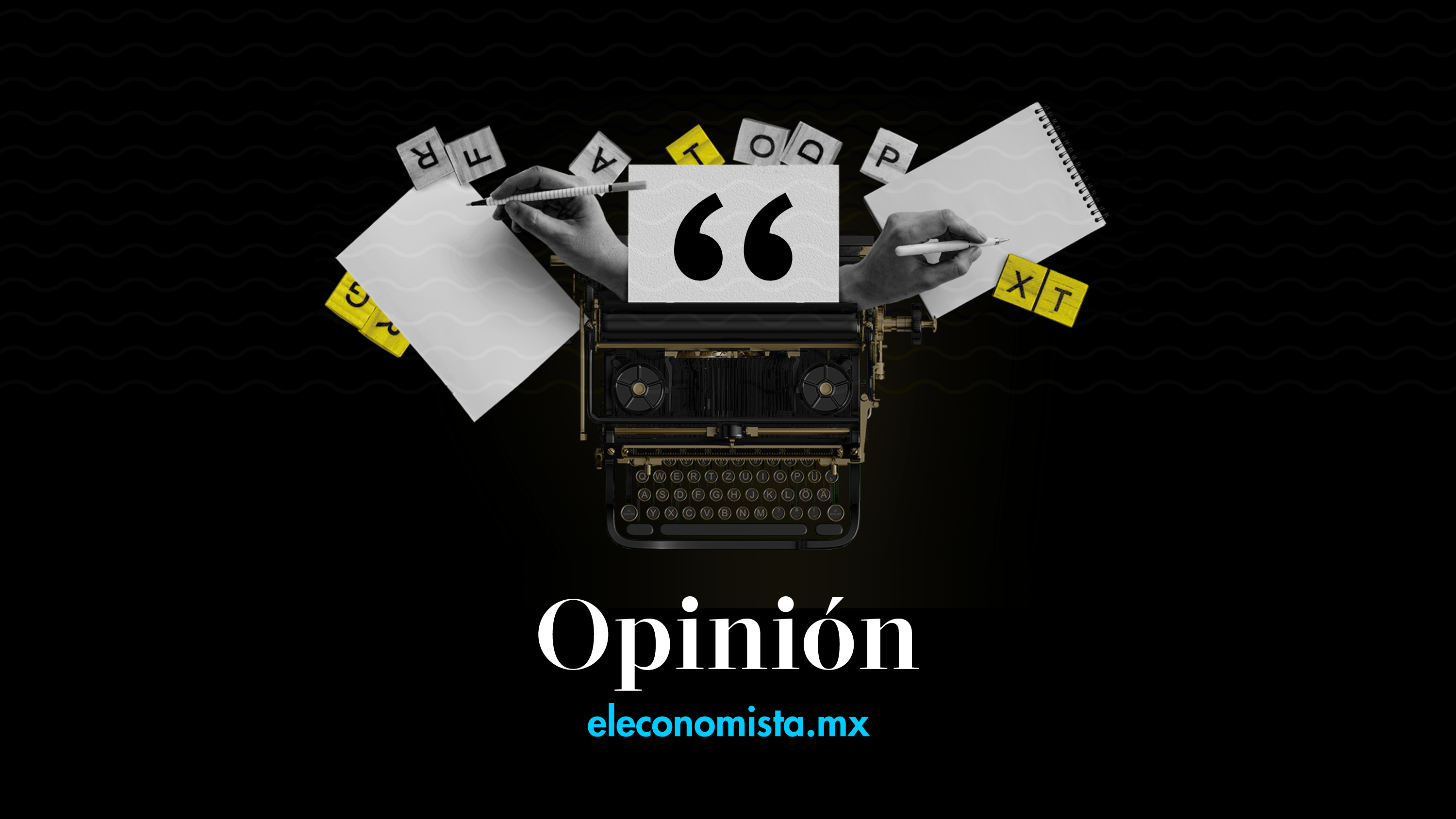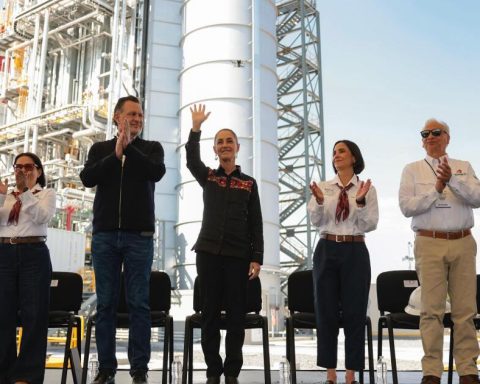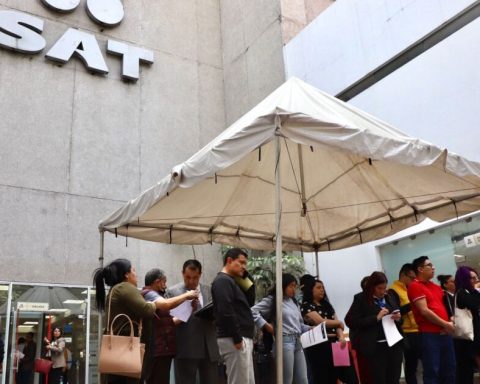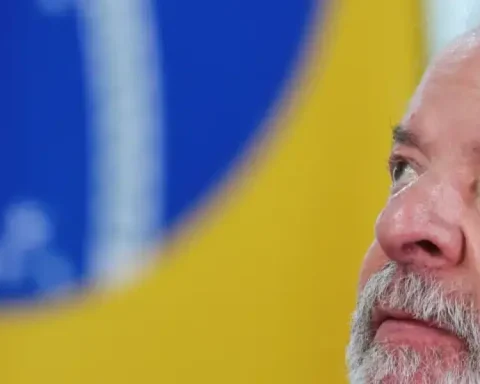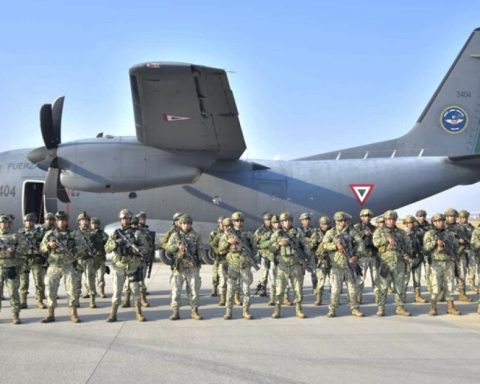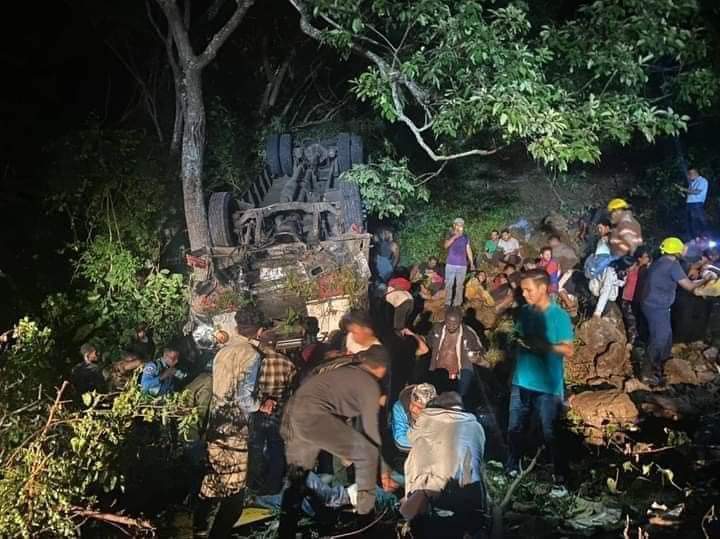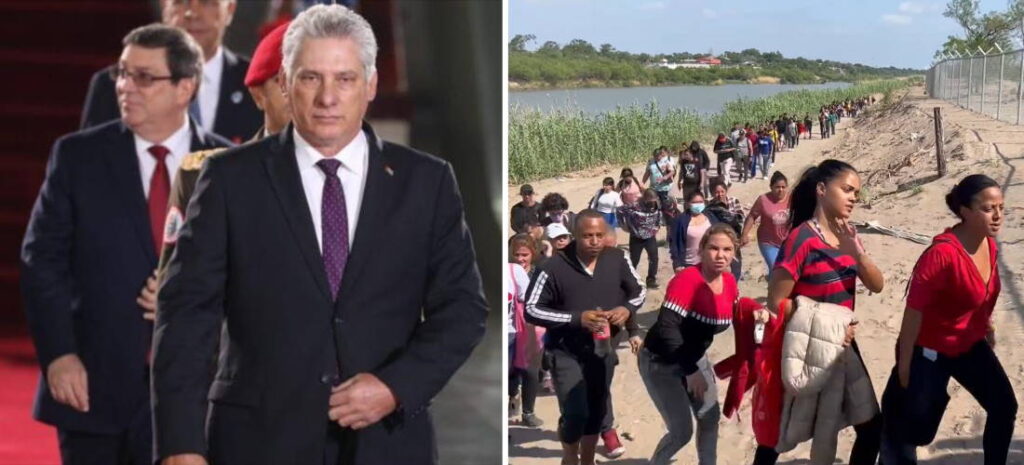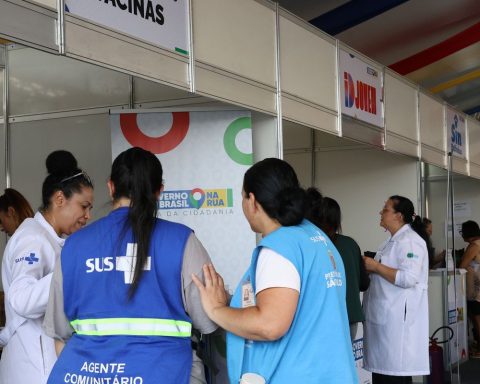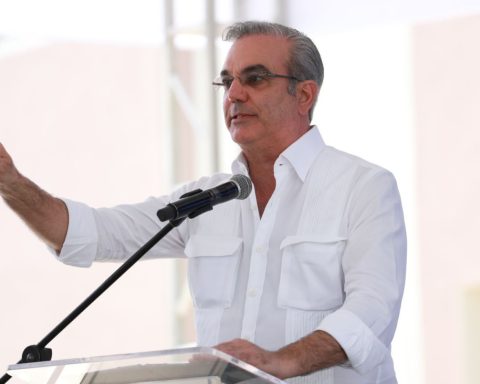Air transport in Mexico City is entering an uncertain and risky zone, outside the flight plan.
Contrary to what the map drawn by the current government supposed, with the inauguration of the new Felipe Ángeles International Airport (AIFA), which anticipated a soft “landing”, everything indicates that a “going to the air” maneuver will have to be carried out. .
In other words, the Mexican government, as the pilot of the aircraft, must carry out many actions so that its metropolitan airport system, based on the operation and coordination of the Mexico City International Airport (AICM), works as planned. , the AIFA and the Toluca Airport.
In full flight and with an unexpected route, the Mexican government has to review its plan and modify it, given the accumulation of problems that terminals 1 and 2 of the Mexico City International Airport (AICM) are having and the lack of use of the AIFA.
The presidential revelation yesterday morning rang like a loud warning bell. President Andrés Manuel López Obrador reported that Terminal 2 of the AICM has a serious structural failure.
In a few words, he acknowledged that it is sinking and that it is being evaluated to rebuild or shore it up, while the next government makes a final decision. The Chief Executive hinted that it is most likely that they will choose to reinforce it, because of what he represents in terms of investment and “so as not to leave anything unfinished”.
For now, a work team is analyzing the alternatives. The sinking of the T-2 is not new. The diagnosis exists, practically since it was built.
In fact, the expansion of T-2, at the time, was considered temporary. The problem became evident and public since the 2017 earthquake. It had been known for a long time that it would have to be subjected to corrective and reinforcement works, due to subsidence of between 21 and 30 centimeters per year. What is new is that the President of Mexico has publicly acknowledged it.
And what is surprising is that he anticipates that he could inherit the problem to the next administration. It would not be the first government to kick the problem forward. The definitive solution to the saturation of the AICM was postponed for a long time and by various governments.
The construction of the T-2, carried out during the government of Vicente Fox, was a palliative that also included his version of a metropolitan airport system, in the face of the opposition of the “macheteros” of San Salvador Atenco, to the construction of a new airport you tried to make.
Years later, when another government, that of Enrique Peña Nieto, decided to build an airport hub in Texcoco, the New Mexico City International Airport (NAICM), not only the saturation of the AICM was argued.
The obsolescence of the air port facilities and the need to build infrastructure that would allow a greater impact on national economic growth were also raised.
That is why the closure of the AICM and the construction of the new one were planned. The current government decided to cancel the construction of the NAICM and build a cheaper one, the AIFA.
The latter opened just over three months ago and has minimal operations and significant losses.
However, there are commitments from the main airlines to increase their flights and routes from the AIFA.
Aeroméxico announced that as of August 15, Aeroméxico will operate six routes from Felipe Ángeles International Airport (AIFA).
This implies a total offer of 112 arrivals and departures, which represent more than 10 thousand seats.
The AICM has recorded a significant number of problems that users experience on a daily basis.
Among them that of the very frequent “going to the air” due to saturation and the redesign of the airspace, which underlies as a serious and risky problem.
Another edge is that of the degradation to category 2 by the Mexican authorities for not complying with the technical requirements of the FAA.
The accumulation of problems led to a change in the direction of the AICM. The new director, Vice Admiral Carlos Velázquez Tiscareño, will have to overcome the learning curve and will surely have to lead the work team that will decide whether to rebuild or shore up T-2.
There is no doubt, air transport in Mexico City entered a zone of turbulence. Let’s see.
Journalist
Rich and Powerful
He has worked continuously in newspapers, magazines, radio, television and the Internet, in the last 31 years he has specialized in business, finance and economics. He is one of the three hosts of the program Alebrijes, Águila o Sol, a program specialized in economic issues that is broadcast on Foro TV.
